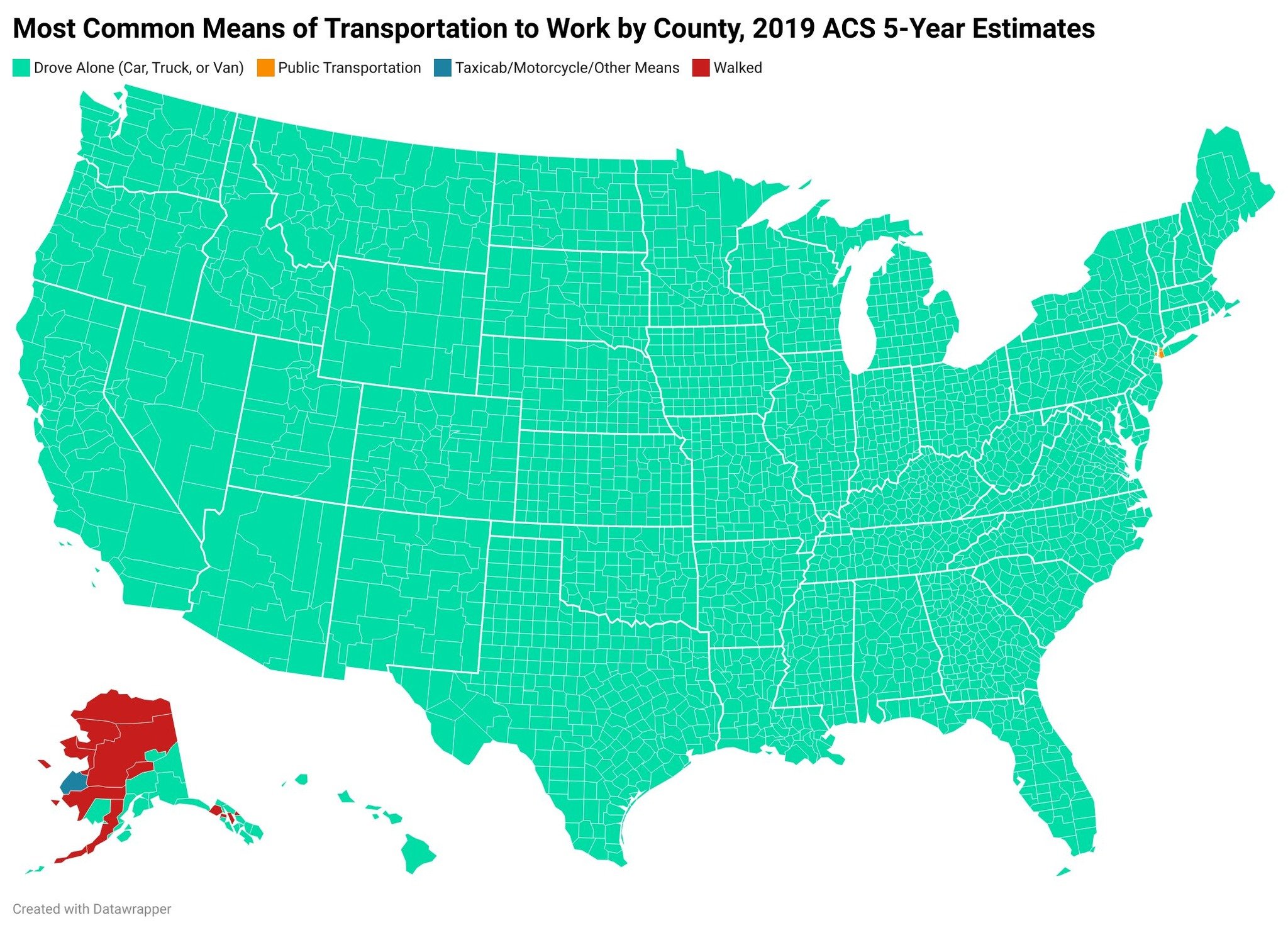Fuck Cars
A place to discuss problems of car centric infrastructure or how it hurts us all. Let's explore the bad world of Cars!
Rules
1. Be Civil
You may not agree on ideas, but please do not be needlessly rude or insulting to other people in this community.
2. No hate speech
Don't discriminate or disparage people on the basis of sex, gender, race, ethnicity, nationality, religion, or sexuality.
3. Don't harass people
Don't follow people you disagree with into multiple threads or into PMs to insult, disparage, or otherwise attack them. And certainly don't doxx any non-public figures.
4. Stay on topic
This community is about cars, their externalities in society, car-dependency, and solutions to these.
5. No reposts
Do not repost content that has already been posted in this community.
Moderator discretion will be used to judge reports with regard to the above rules.
Posting Guidelines
In the absence of a flair system on lemmy yet, let’s try to make it easier to scan through posts by type in here by using tags:
- [meta] for discussions/suggestions about this community itself
- [article] for news articles
- [blog] for any blog-style content
- [video] for video resources
- [academic] for academic studies and sources
- [discussion] for text post questions, rants, and/or discussions
- [meme] for memes
- [image] for any non-meme images
- [misc] for anything that doesn’t fall cleanly into any of the other categories
Recommended communities:
view the rest of the comments

I'm all for a significant reduction in vehicles commonly on the road. Apart from a monumental restructuring of the entirety of every major infrastructure in the United States, how would we go about effectively reducing the number of cars that are daily drivers?
Making public transport not absolute dogshit.
Like, I don't even mean "We need to extend it way out into the boonies" kind of thing. Something as simple as "Public transport that isn't so dogshit that the locals in major cities avoid it like the plague whenever possible" would go a long way towards reducing traffic congestion and car usage, even with suburbs and rural areas continuing to use cars excessively.
Every major US city should have a dense, high frequency grid of trams/subways within 3 miles of the city center. Then, a larger network of light rail/subways out another 3 miles for commuting and events traffic.
3-5 minute intervals is good enough, anything less frequent is meh. Over 15 is a joke.
I think my closest bus stop is over 90 minutes between stops